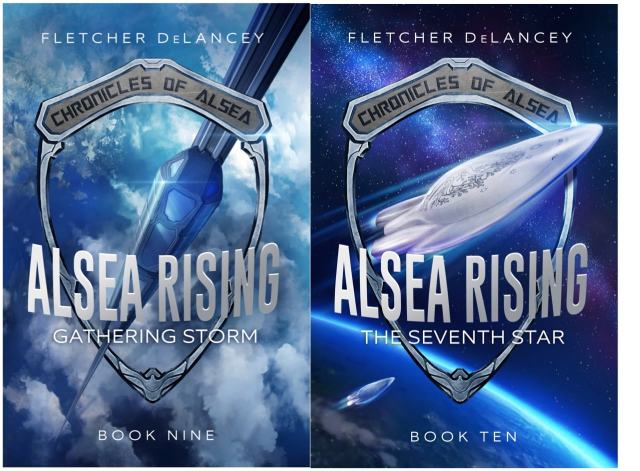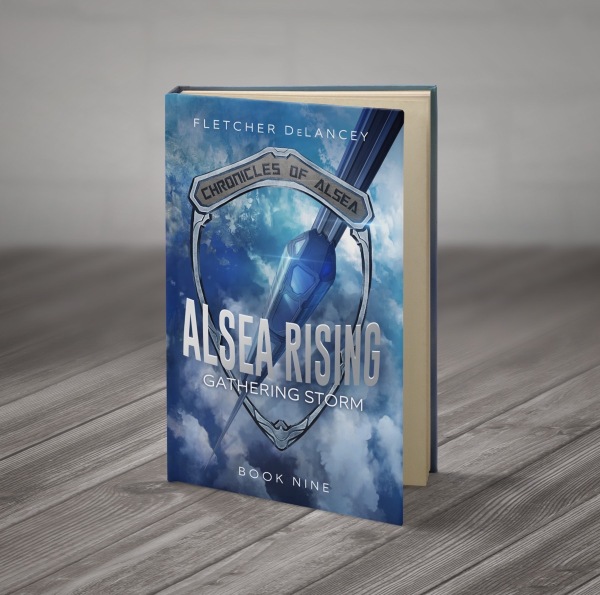
All right, I’m going to say this out loud. I didn’t want to vote for Joe Biden.
I was angry and disillusioned when the most diverse collection of presidential candidates in US history dwindled down to…an old White man. After watching sexism and outright misogyny destroy Hillary Clinton’s campaign and saddle the world with Trump, it was excruciating to watch sexism rear its head once again. The media learned nothing.
In particular, Elizabeth Warren, whose fully thought-out plans were online for anyone to see and whose competence was unquestionable, could not get media coverage once Biden declared. The coverage she did get was often execrable, castigating her for being unlikable and a “Nurse Rachett.” Steve Forbes (of Forbes Media) said “she reminds people of the teacher you didn’t like,” a statement that was picked up and repeated all over the press. Meanwhile, the usual double standard meant Bernie Sanders was celebrated for his “passion” when he shouted and gesticulated angrily during speeches.
I was so furious about my once-again-limited options that I considered not voting, which would have been a first. (Fortunately, I got over myself and voted online — thank you, Oregon, for making it easy for expatriates.)
But then Biden named his VP, and he chose the very same woman who had skewered him in a debate, castigating him for his opposition to mandatory busing and his nostalgic words about working with two segregationist senators.
“It was hurtful to hear you talk about the reputations of two United States senators who built their reputations and careers on the segregation of race in this country,” Kamala Harris said, staring him down. “You also worked with them to oppose busing. And there was a little girl in California who was part of the second class to integrate her public schools, and she was bussed to school every day. And that little girl was me.”
Jill Biden later said that moment was “like a punch to the gut.”

That Biden chose Harris said worlds about his priorities. He didn’t want a loyalist. He was willing to work with a previous competitor who had landed a serious blow on him. I cannot think of any single thing more diametrically opposed to The Sycophant Show we’ve watched for the past four years than that.
Once Biden/Harris carried the election, we started seeing the cabinet and advisor names. A Native American woman for Secretary of the Interior, which (among other things) oversees the federal government’s relationships with Native American tribes. A Black man for Secretary of Defense. A Latino immigrant for Secretary of Homeland Security, which deals with immigration and border issues. A White woman director of National Intelligence, and a Black woman for Ambassador to the United Nations. An Asian woman for US Trade Representative, and a White woman for Secretary of the Treasury. A Latino man for Secretary of Health and Human Services, and a Black woman for Secretary of Housing and Urban Development. A transgender woman for Assistant Health Secretary, and an all-female communications team.
The list goes on and on, a kaleidoscope of skin colors, genders, and impressive qualifications. (NPR has an easy-to-read lineup of all nominees.) Biden is making a powerful statement: he wants his cabinet to look like America.
Next, we saw the list of actions Biden had planned. Never mind the first 100 days, he was going to kick over the table and make shit happen on the first day. Every single thing on that list made my shoulders lighter: rejoining the Paris climate accord, stopping the US departure from the World Health Organization, ending the Muslim travel ban, installing a coronavirus response coordinator to finally provide federal guidance to the release of vaccines and medical supplies, and restoring the Bears Ears and Escalante/Staircase National Monuments — just to name a few. In all, the list was 17 items long. And that was the first day, which is actually half a day, since there was that little matter of an inauguration.
I began to feel a strange stirring of emotion, one I hardly recognized after the carnage of the last four years: hope.

This is the first inauguration I’ve ever watched from start to finish. Sure, I watched highlights from past events, especially the oaths and the inaugural speech. But yesterday was special.
What a joy to see the West Front of the Capitol clean and white, wreathed in flags and bunting, housing a physically distanced group of guests — a sharp contrast to earlier images of the same scene swathed in smoke, with thousands of rioters crammed onto all three levels. From an insurrection to the stately process of a democratic handover of power. Ahhh.
As an aside, repair crews replaced the last broken window in the Capitol that very morning. It took two weeks of frantic labor to clean up the damage done by Trump supporters, including redoing enormous amounts of work on the inauguration platform.
“When I left there Wednesday, I was real happy and proud of our team,” said Kevin Grooms, who works in the Paint Shop. The white paint on the inaugural stands was completely finished, and they had made it through nearly three-quarters of the blue detail work. “We worked until probably twelve o’clock Wednesday. And the blue paint that was on the deck was actually still wet.”
“We came back on Thursday morning, and I mean, it was completely destroyed,” he said. “It was just totally demolished. The blue wet paint, they tracked it all over.”
Huge kudos to the team at Architect of the Capitol, the government agency in charge of caring for this national treasure. They worked their butts off to erase those scars. The above photo is a testament to their labors.
It paid off, providing a pristine background for a classy inauguration. I confess to a tear when Kamala Harris took her oath of office. But who could see what happened immediately after and not smile?

Watching the body language of Biden and Harris makes one thing clear: they may have been competitors at one time, but they are a good team now.
Building and working with teams is, in fact, one of Joe Biden’s best skills. As I listened to his inaugural address speaking of ending “this uncivil war,” I joined much of the world in letting out a big exhale of relief. I didn’t want to vote for him, but…it just might be that he is the right person for the moment. He is genuine. He gave the most plain-spoken yet beautiful inaugural address I’ve ever heard. He spoke the truth, plain and simple, and his yearning for a return to civility was palpable and contagious.
It would be the kind of irony that historians love: the uninteresting candidate whose lack of polish made him ever a bridesmaid, never a bride, turns out to be the one a deeply wounded nation needs to heal.
We’re only just starting, so who knows, but my anger is long gone. A woman is vice president. A person of color is vice president. Half the cabinet members (if approved) and advisors are women. On day one, Biden enacted the biggest expansion of LGBTQ rights in US history. He’s focusing on the climate crisis, the covid crisis, and the national civility crisis. Regarding the latter, he set the tone right away when administering the oath of office to White House employees via Zoom:
“I’m not joking when I say this: If you are ever working with me and I hear you treat another colleague with disrespect, talk down to someone, I promise you I will fire you on the spot…No ifs, ands or buts.” He added, “Everybody is entitled to be treated with decency and dignity. That’s been missing in a big way the last four years.”
Change is already happening. It feels good. It feels…like hope.














